It is possible to supply a loop to hang this medallion.
Crystal-cameo with profile of imperial couple
Crystal and cameo
Dimensions : D. 8.5 (cm.)
Baccarat, circa 1810
A very early and beautiful crystal-ceram by the Manufacture de Baccarat, from the Empire period. It depicts Napoleon as Caesar and Marie Louise after the wedding medal by Andrieu. The moulded crystal is decorated with fans, rosettes and pearls. The back is guilloché with diamonds. We are offering for sale several of these pieces from the former Emile Brouwet collection, which bear witness to the expertise of French crystal makers in the early 19th century.
Emile Brouwet, collector of Napoleonic memorabilia
Belgian by birth, he was one of the administrators of Malmaison. Thanks to his personal fortune, he built up the largest collection of autographs ever assembled from the Napoleonic period, which he supplemented with historical objects and souvenirs from the Empire. Most of his collection was sold at three auctions in 1934 and 1935 at Hôtel Drouot, and after a few setbacks with the French National Archives, a fourth auction was organised in 1937 in London.
A large number of his objects were on display at the Musée Napoléon in Digne; it was in this town, which symbolised the "flight of the eagle" during the Hundred Days, that the collector created a museum where objects evoking memories of Napoleon and the imperial family were shown to the public. Inaugurated in July 1932, the Musée de Digne closed its doors in 1939. While most of the collection remained in the Brouwet family, a few objects were transferred to the Musée de l'Armée in Brussels at the same time, where they are still preserved today.
The origins of crystal-ceramics in the early 19th century
The rapid development of the crystal manufactures (Saint-Louis, Montcenis and Baccarat) was made possible by a favourable economic climate and a supply of excellent quality raw crystal, as demonstrated by certain exchanges with the Vonêche manufactory.
In the space of two decades, production capacity became absolutely enormous, and the objects produced became even more diversified.
In addition, the European fashion for neoclassicism was evident in the mass distribution of copies of antique cameos, which were initially presented framed and were very popular.
Saint Amand was responsible for the first attempts to include biscuit cameos in crystal. This know-how was twofold, since it involved mastering cameo sculpture as well as mastering the composition of biscuit paste and its firing. It takes around ten years to produce successful pieces. Most of them bear the effigy of influential contemporary figures: the Emperor, his wife, Louis XVIII, the Comte d'Artois, the Duc de Berry and his wife, and the Duchesse d'Angoulême.
Condition report: small chips on reverse


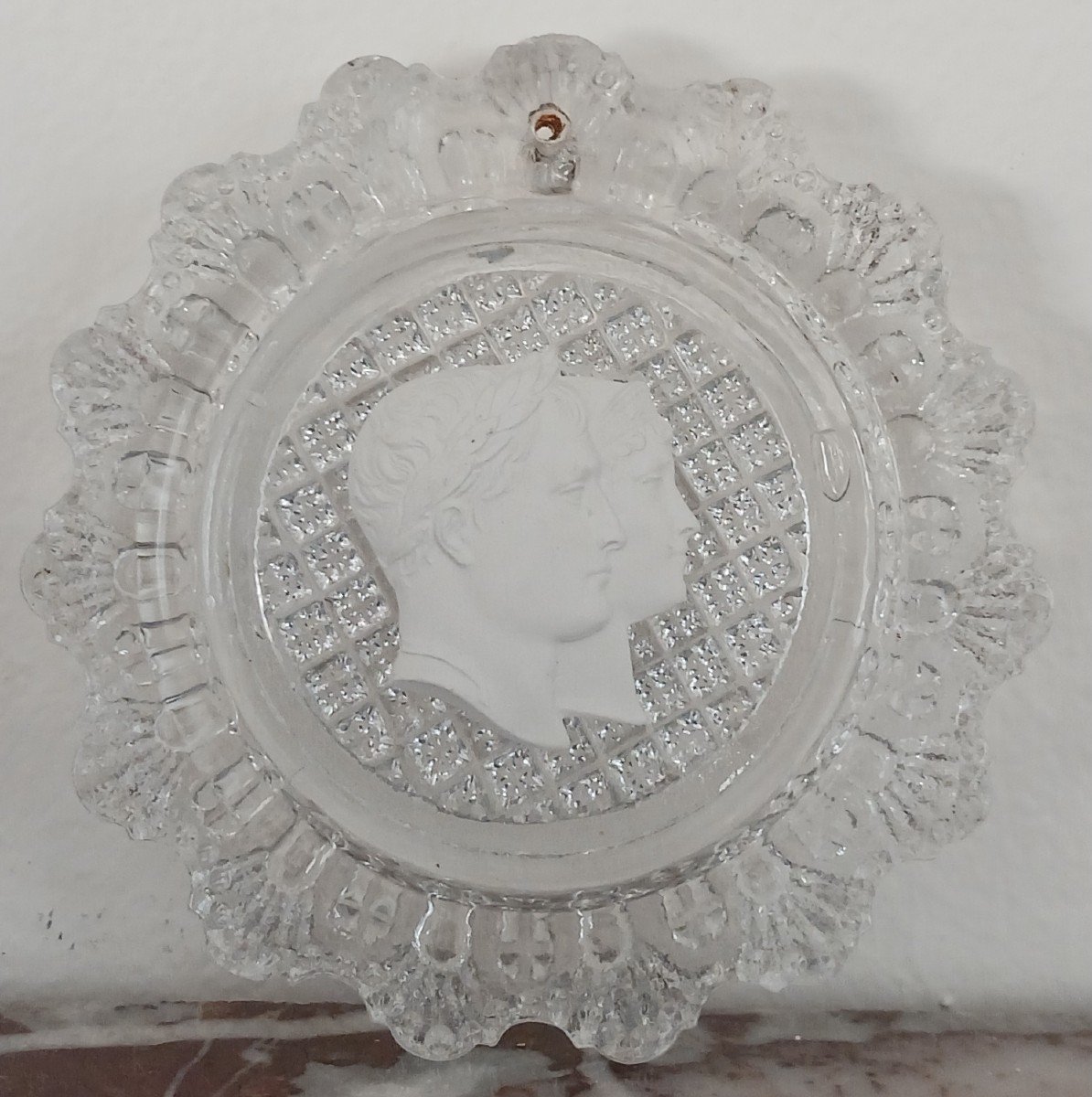
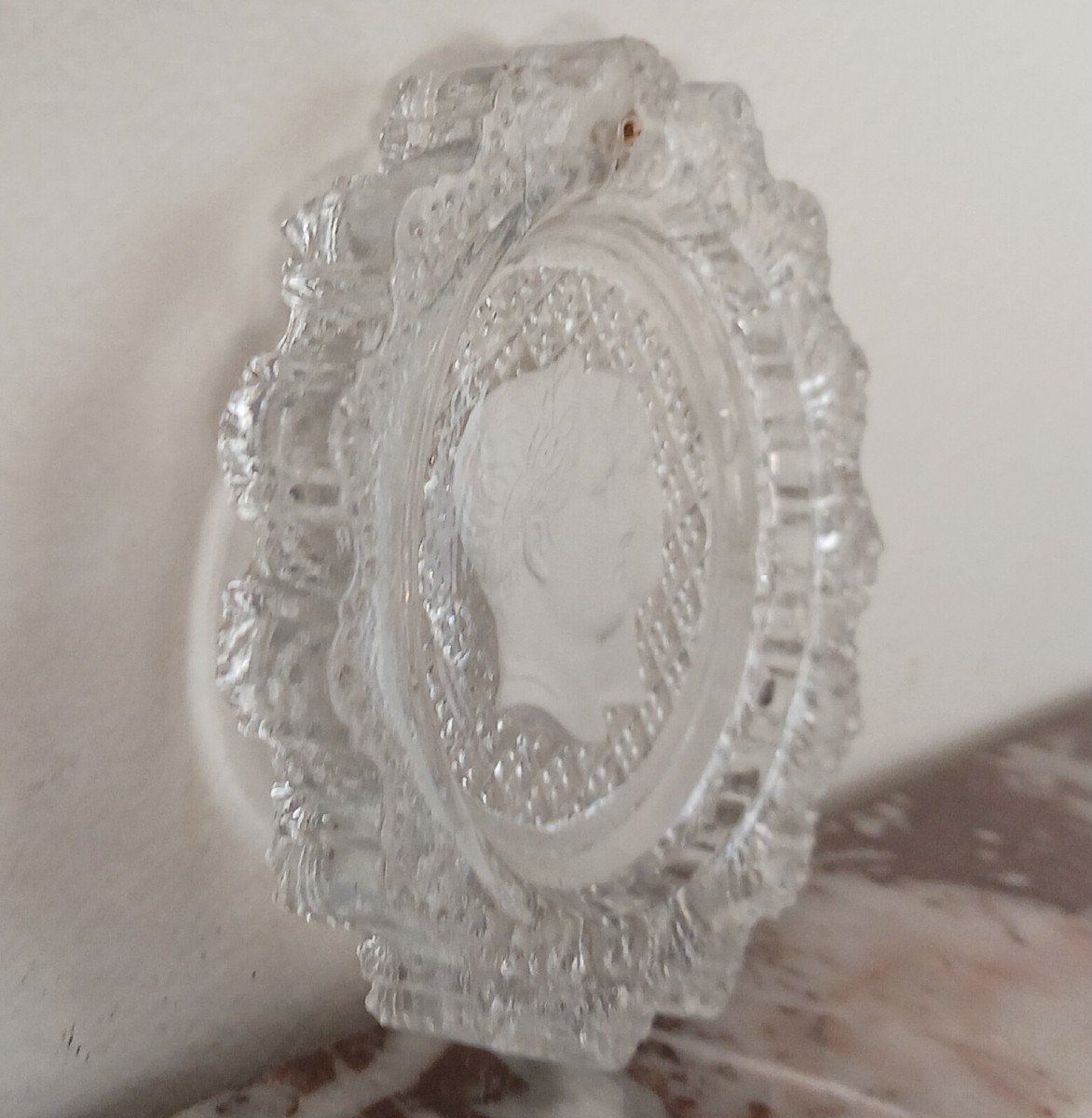
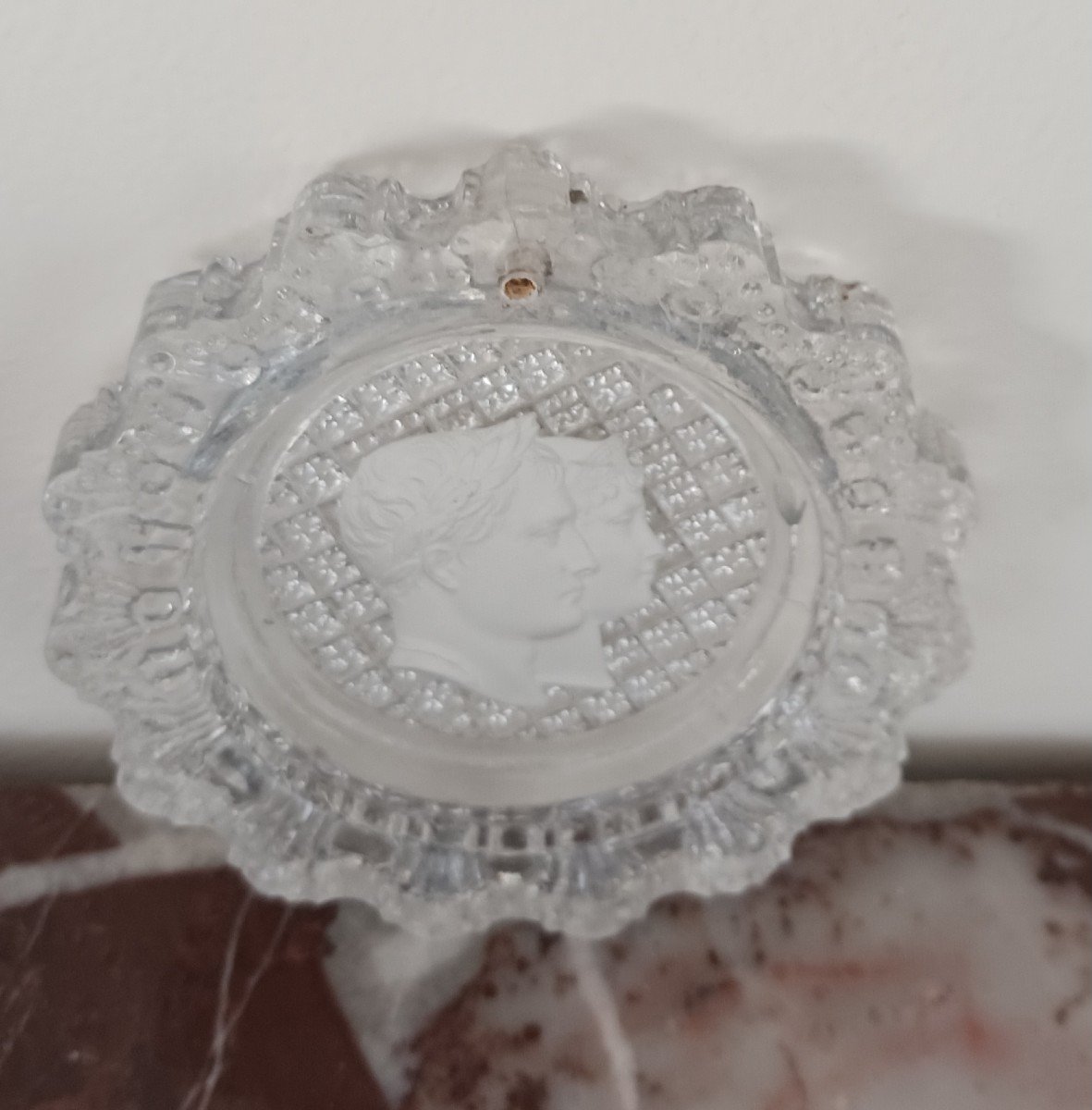
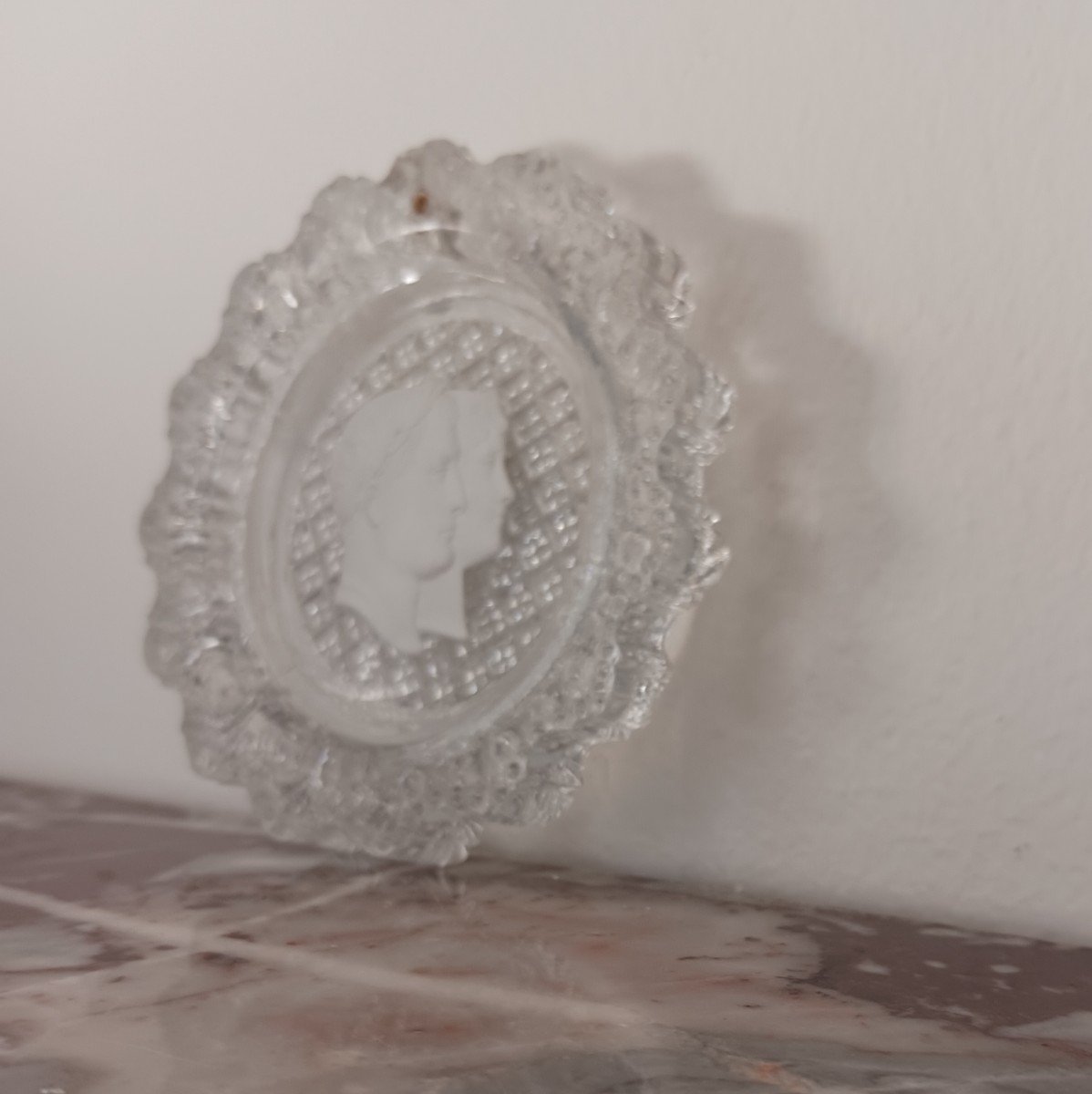
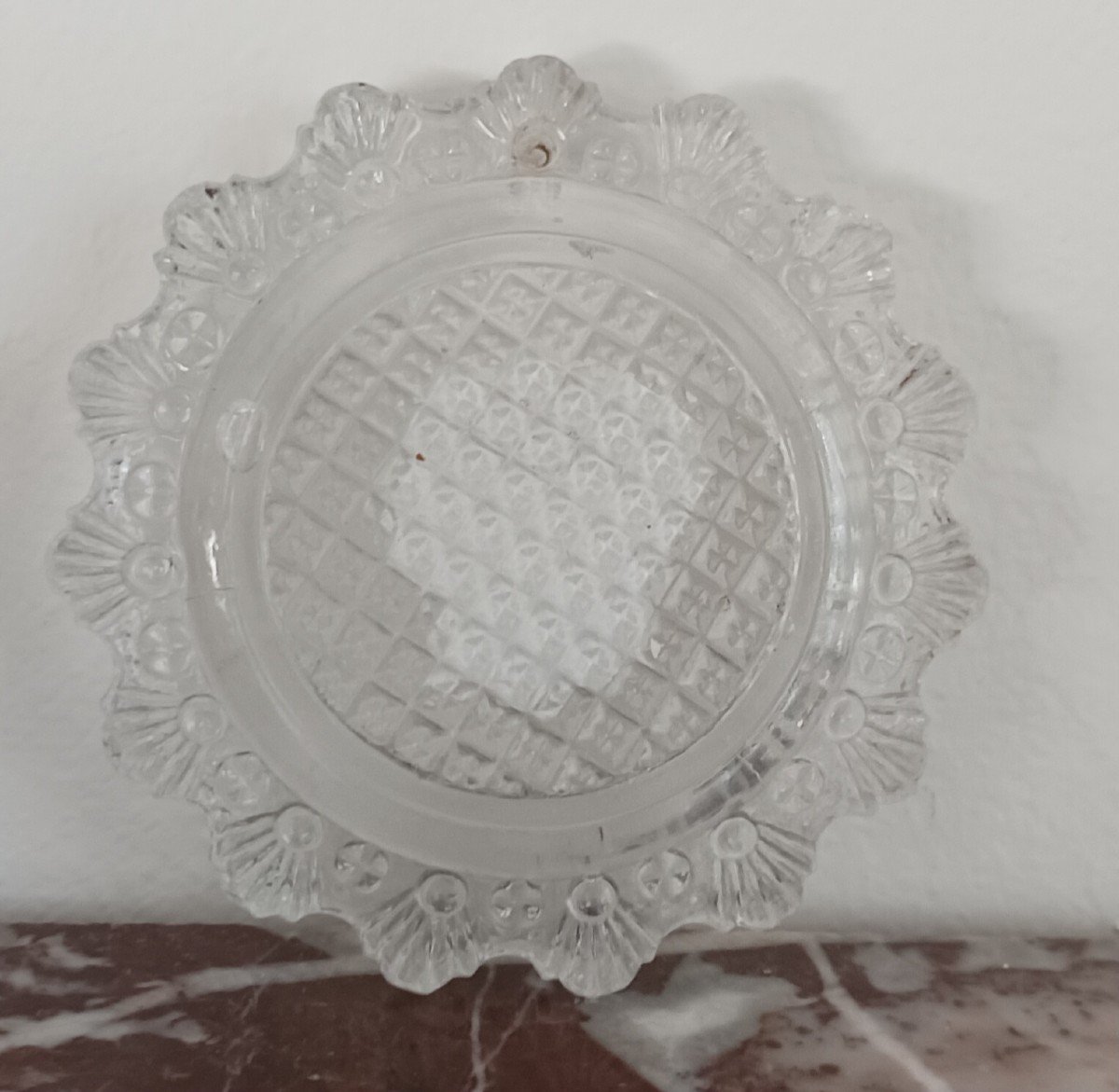
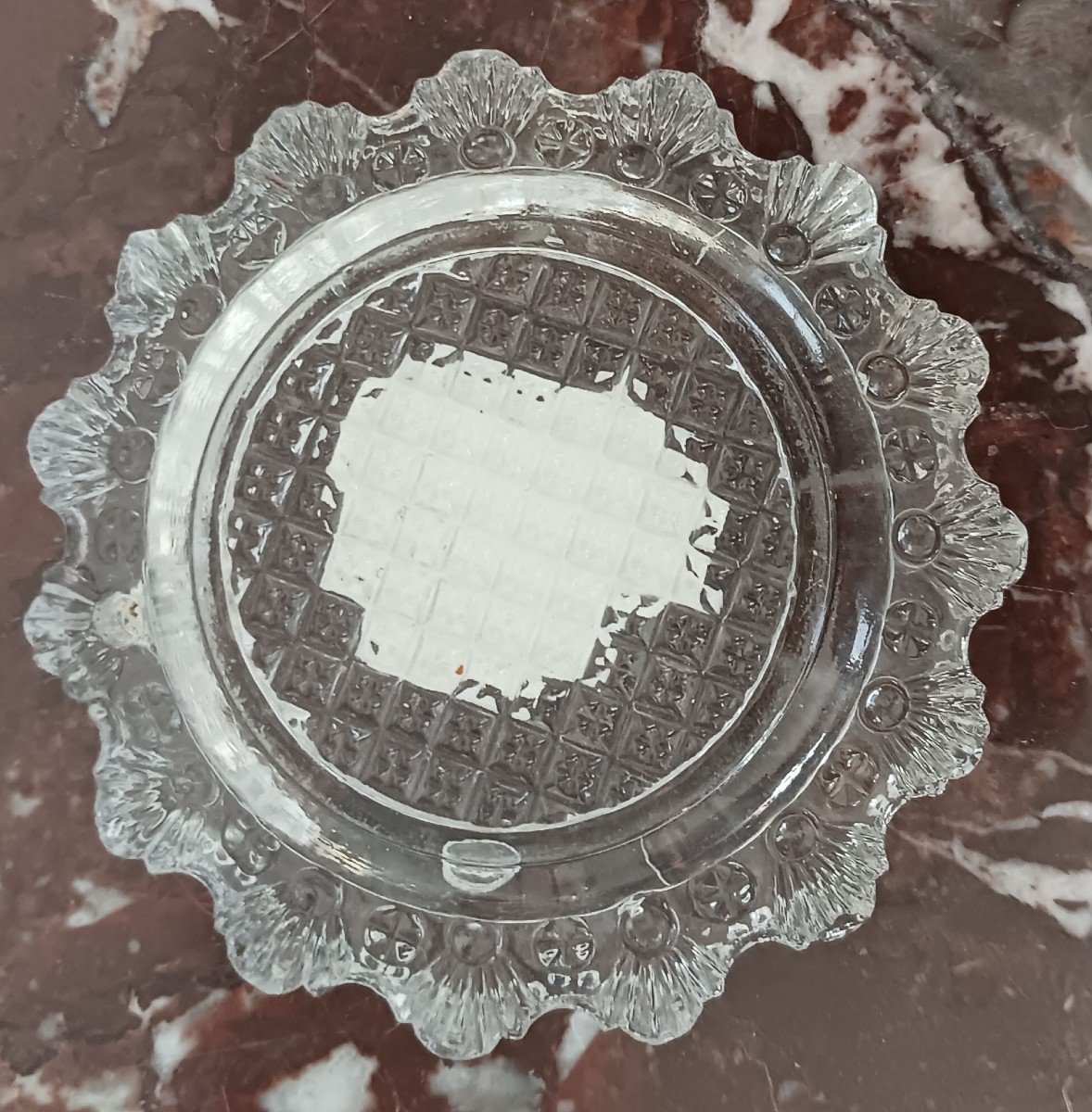








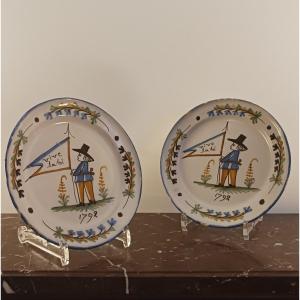
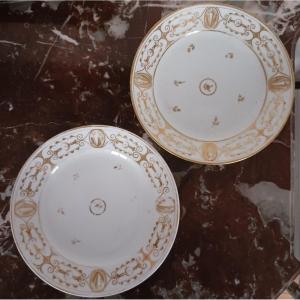


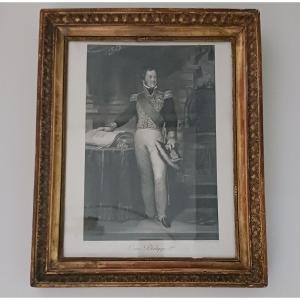





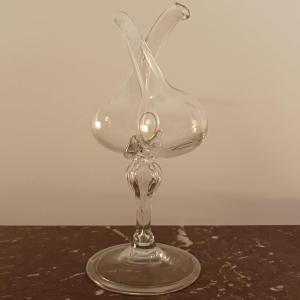



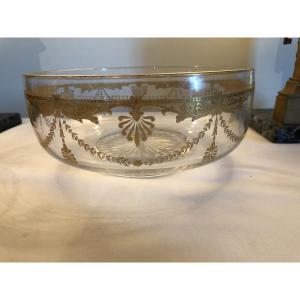






 Le Magazine de PROANTIC
Le Magazine de PROANTIC TRÉSORS Magazine
TRÉSORS Magazine Rivista Artiquariato
Rivista Artiquariato